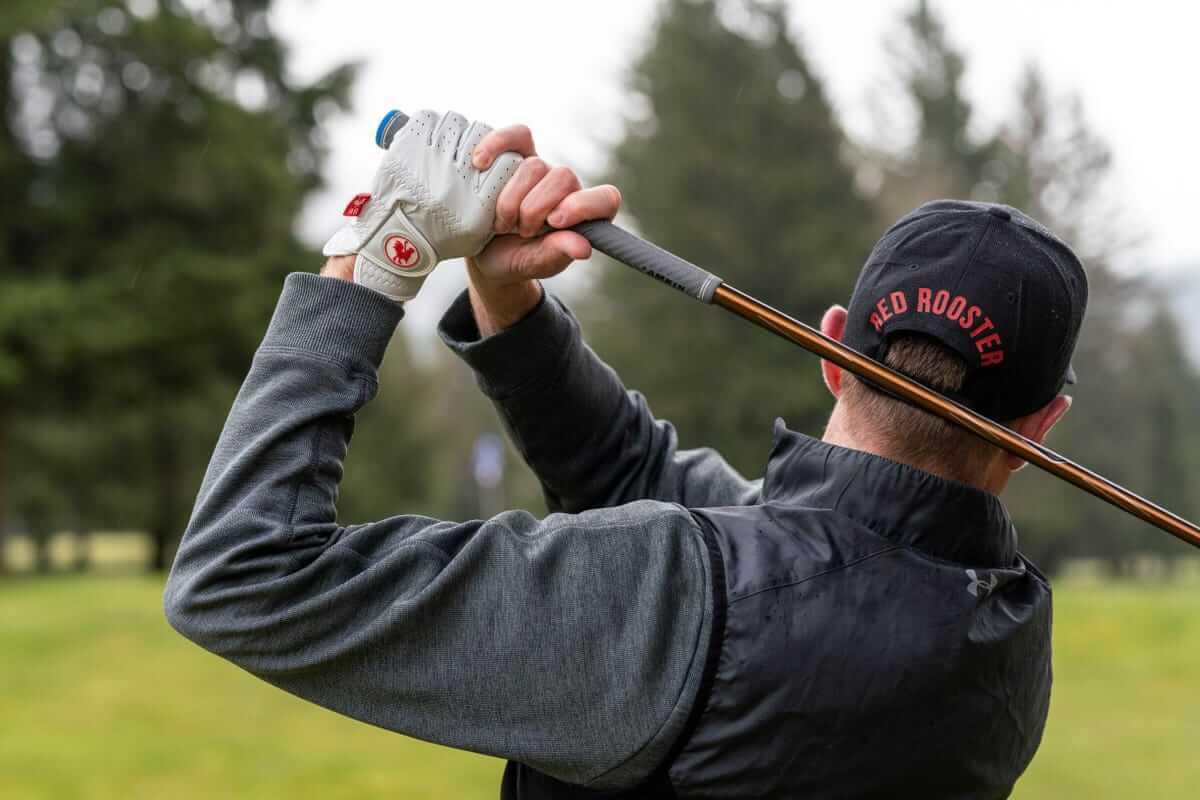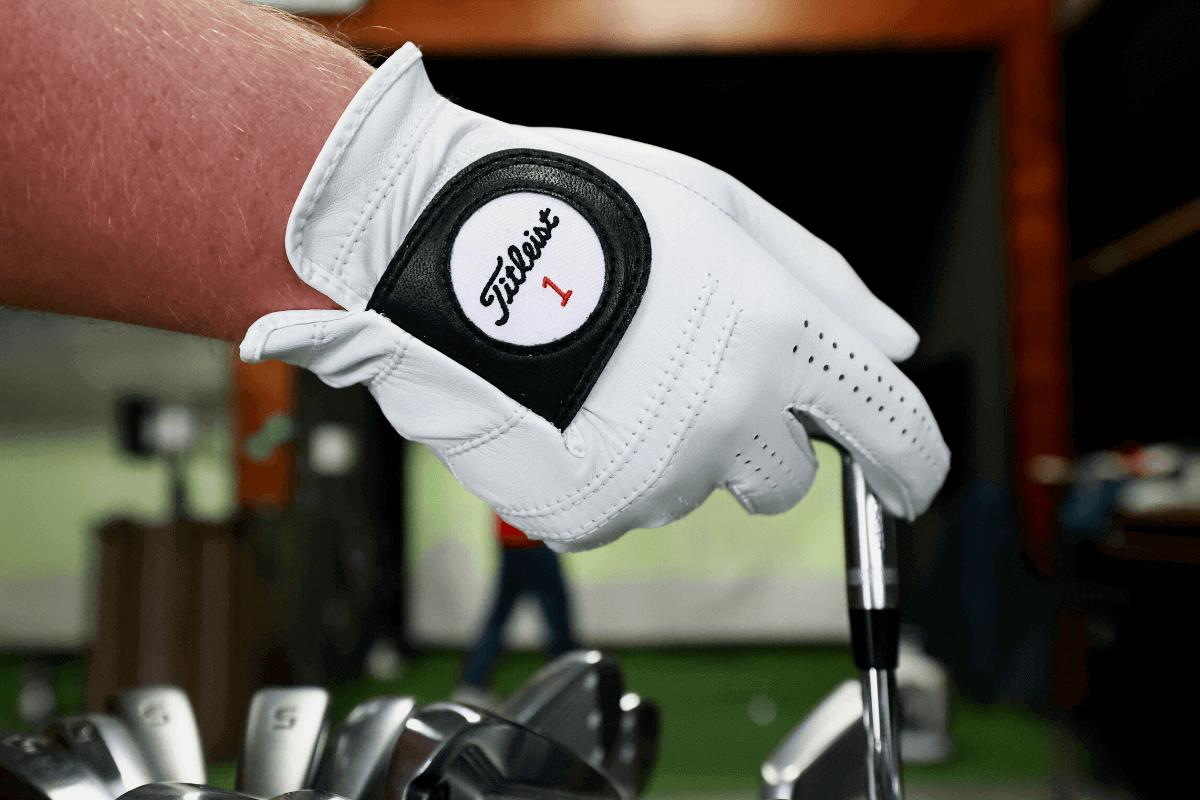Starting out in golf can be overwhelming. There are so many things to consider, from the equipment to swing mechanics, course etiquette, and even what to wear. Speaking of apparel, one common question that new golfers often have is, “On which hand should I wear a golf glove?” Let’s dive into it.
Table of Contents
The Big Question: What Hand Do You Wear a Golf Glove On?
The simple answer is that you should wear a golf glove on your non-dominant hand. This would be the hand that sits at the top of the golf grip, closest to your body. But why do golfers wear gloves on the non-dominant hand? The answer lies in the importance of a secure grip. Your non-dominant hand, also known as the lead hand, is the strongest point of contact between you and your club. Any slippage or movement between your hand and the club could result in a loss of control and an errant shot.

Can I Wear Two Golf Gloves?
It’s not unheard of and is actually a matter of personal preference. In fact, our very own Tony Covey was once part of the #TwoGloveGang. You may still see a professional golfer wearing a glove on both hands from time to time (I’m looking at you, Aaron Rai).
Fun fact: Most golf rain gloves come in pairs of two. It makes sense, as rain can have a negative effect on your ability to grip the club, so having an extra glove comes in handy in wet weather. However, in most dry conditions, a single glove on your lead hand is more than enough.
Why Should I Wear a Golf Glove?
I’ll spare you the long-winded answer (you can find that in our glove vs no glove test) but our extensive testing has shown that wearing a golf glove has a positive effect on performance. While we often think about using a glove to increase comfort or prevent blisters, the right glove also improves performance.
In our testing, we found that golf swings hit with a glove have an edge. This is true for pitching wedges, 7-irons, and drivers. With a glove, pitching wedges see a 1.63 mph faster ball speed compared to hitting without a glove. For 7-irons, there is a 2.2 mph faster ball speed, and even drivers see a .97 mph increase in ball speed with a glove.
Overall, important metrics such as dispersion (how close the ball ends up to your aim point), ball speed (how fast the ball moves after impact), and carry distances (how far the ball travels in the air) were all positively impacted by wearing a glove. In short, better contact with the grip of the golf club leads to better overall results.

More Golf Glove Tips and Tricks
Here are some additional tips and tricks when it comes to golf gloves:
- Finding the right glove size can be tricky, so try on a glove before you buy whenever possible. As a general rule of thumb, the glove should fit snugly, with about ¼ inch of the Velcro closure showing. This gives you room to tighten the glove as it stretches over time.
- Most top-performing golf gloves are made from cabretta leather. These soft leather gloves provide excellent grip, a better feel, and decent durability.
- Thinner gloves, like the PXG Players Glove, may feel better and provide a more one-to-one connection with the club, but they won’t last as long as something like the thicker PING Tour glove.
- Golf gloves are labeled as “left-hand glove” or “right-hand glove”, indicating the hand on which they should be worn. If you’re a right-handed golfer, you would select the “left-hand” glove, as this would be worn on your left hand, and vice versa for left-handed golfers.
- You may have come across the term “cadet sizing” when shopping for golf gloves. Cadet gloves have shorter fingers and a wider palm area, providing a better fit for some golfers.
- If you’re in the market for a new golf glove and don’t know which one to buy, check out our rankings of the Best Golf Gloves for 2023.
Remember, wearing a golf glove on your non-dominant hand can enhance your grip, improve performance, and ultimately, contribute to a better golfing experience. So, go ahead and find the perfect glove for your game. Happy golfing!

